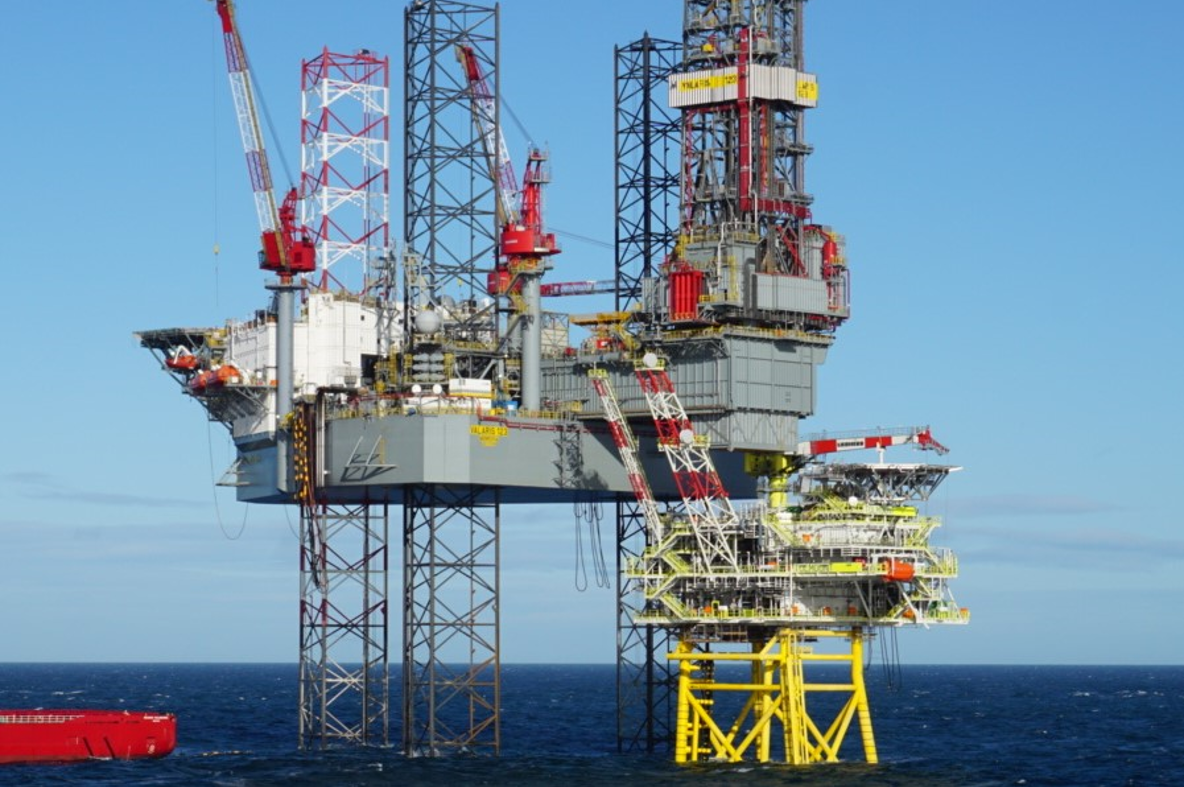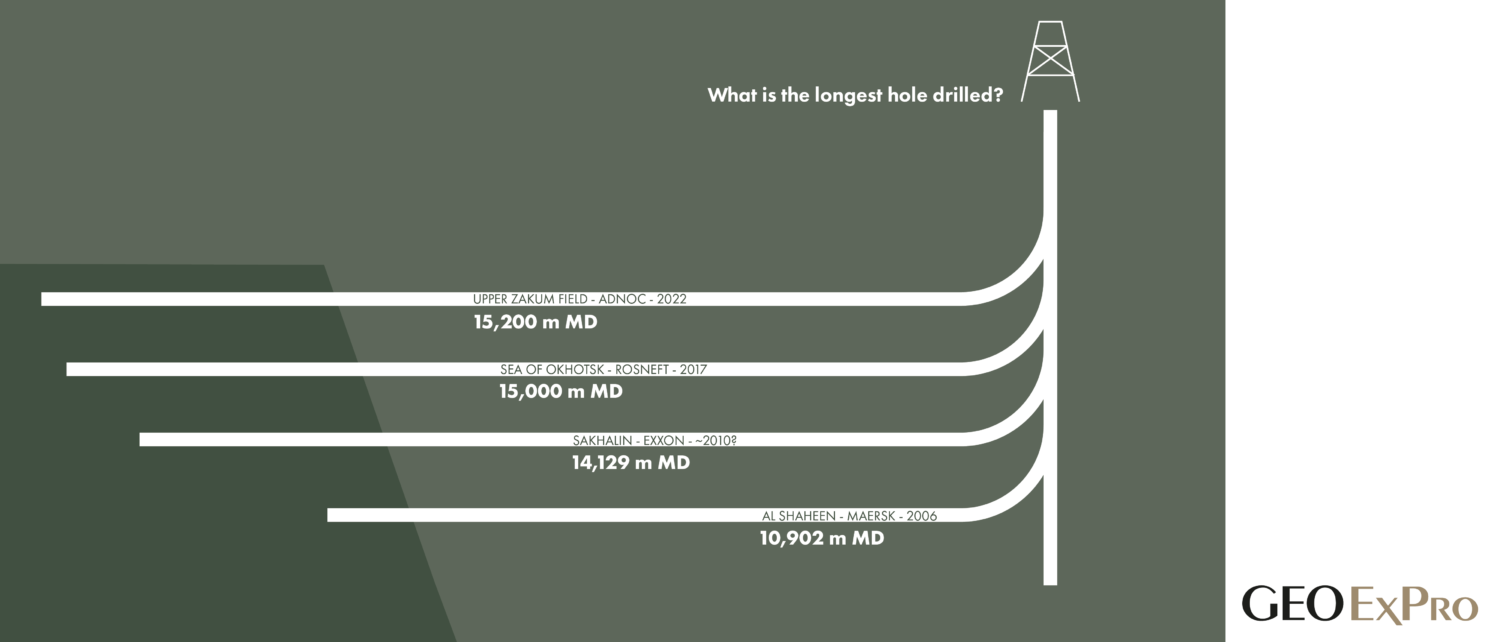Over the past year, the UK government has not been particularly decisive when it comes to approving field developments. Jackdaw is the best example of this, with Shell’s preferred exit route of Jackdaw’s gas and condensate through their strategically important Shearwater hub being called into question by OPRED. And it was Shell itself that saved the government from another difficult dossier through pulling out of Cambo.
Approving field developments, especially in the months leading up to the COP26 conference in Glasgow would have been a tricky exercise.
However, with the media storm around COP26 calmed down, the focus has now – probably unexpectedly to a certain degree – shifted to rocketing prices, security of supply concerns and energy affordability.
Against the backdrop of these recent developments, it may not be too much of a surprise to see a shift in thinking in Westminster. With the energy price cap being raised significantly last week, and the associated financial burden this puts onto to millions of people, politicians in favour of keeping domestic production afloat a little longer surely have a more of a tailwind these days.
So, on Monday evening the Telegraph wrote that “Six North Sea oil and gas fields are to be fired up” amidst a Cabinet row over net zero.

How credible is the claim that six field are to be fired up?
The potentially biggest field of the six mentioned – Rosebank, Jackdaw, Tolmount East, Marigold, Catcher and Brodick – is Rosebank. Yet, for this West of Shetland discovery, the operator has not even submitted an FID. Whilst Equinor has said that a decision on a potential FID will be taken in May this year, no drill bit will go into the ground any time soon.
It also needs to be taken into account that Siccar Point has a 20% interest in Rosebank. But how willing is Siccar to fork out about $1 billion when its cornerstone project nearby was shelved? As long as Cambo is still out there as an opportunity to develop, it may be difficult for Siccar to first commit to a project nearby that has a capex that is estimated to be significantly higher than Cambo.
With regards to Tolmount East (Harbour Energy), this satellite to Tolmount was already sanctioned in July 2021 with development drilling planned for 2022, so claiming that Tolmount East could be fast-tracked is probably far-fetched.
The same is true for the Catcher satellites Laverda and Catcher North operated by Harbour Energy where development was already approved.
The Brodick discovery, a satellite of the Dumbarton field, is probably not on NEO’s priority list, as there is not much information about it on their website. Given that this is a small volume accumulation of probably less than 10 MMboe, it is not a development to be too excited about and one that may only work because of the high oil price.
It is true that Jackdaw could have been “fast tracked” last year, through approving the export route via Shell’s Shearwater platform. The same may hold for the Marigold and Sunflower development in the Moray Firth, where the OGA has asked Hibiscus to consider another potential export route together with the nearby Yeoman development by Ithaca and a subsequent tie-back to Repsol Sinopec’s Piper platform.
Looking back at this list of fields, and the various stages of development they are, it is very much a long shot to claim that all of those can be fired up immediately. The most important decision to be taken for the biggest field (Rosebank) still lies in the hands of the partnership. Also, being too bold about field developments will also trigger environmental groups even more to oppose any of this to happen. As an industry-insider mentioned: “If the environmental “tanks were on the lawn” for Cambo, logically we can expect the deployment of nuclear warheads for Rosebank”.
HENK KOMBRINK




